I'd like to generate Voronoi regions, based on a list of centers and an image size.
I'm tryed the next code, based on https://rosettacode.org/wiki/Voronoi_diagram
def generate_voronoi_diagram(width, height, centers_x, centers_y):
image = Image.new("RGB", (width, height))
putpixel = image.putpixel
imgx, imgy = image.size
num_cells=len(centers_x)
nx = centers_x
ny = centers_y
nr,ng,nb=[],[],[]
for i in range (num_cells):
nr.append(randint(0, 255));ng.append(randint(0, 255));nb.append(randint(0, 255));
for y in range(imgy):
for x in range(imgx):
dmin = math.hypot(imgx-1, imgy-1)
j = -1
for i in range(num_cells):
d = math.hypot(nx[i]-x, ny[i]-y)
if d < dmin:
dmin = d
j = i
putpixel((x, y), (nr[j], ng[j], nb[j]))
image.save("VoronoiDiagram.png", "PNG")
image.show()
I have the desired output:
But it takes too much to generate the output.
I also tried https://stackoverflow.com/a/20678647 It is fast, but I didn't find the way to translate it to numpy array of img_width X img_height. Mostly, because I don't know how to give image size parameter to scipy Voronoi class.
Is there any faster way to have this output? No centers or polygon edges are needed
Thanks in advance
Edited 2018-12-11: Using @tel "Fast Solution"
The code execution is faster, it seems that the centers have been transformed. Probably this method is adding a margin to the image



